Egypt, a land rich in history and ancient tales, unfolds a mesmerizing tapestry of lakes, each with its unique charm and significance. For those seeking solace amidst serene waters and the soothing melody of chirping birds, Egypt’s lakes offer an unparalleled sanctuary to rejuvenate the soul.
Embark on a journey through seven beautiful lakes interweaving tales of history and the awe-inspiring beauty.
- Lake Timsah: The Tranquil Haven
Situated in the Ismailia governorate, Lake Timsah, also known as the ‘Crocodile Lake’, graces the passage between the Red Sea and the Mediterranean. Beyond its mystical aura, the lake serves as a haven for peace and satisfaction, inviting visitors to bask in its magnificent beauty.
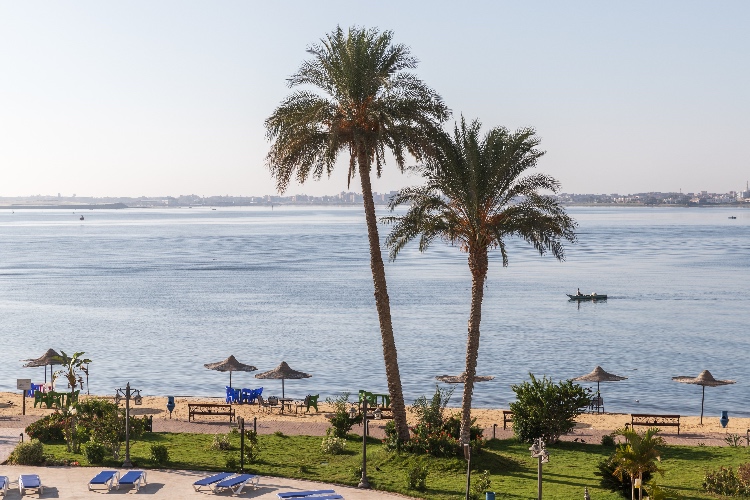
- Lake Burullus: Where History Meets Brackish Waters
Under the authority of Kafr El-Sheikh governorate, Lake Burullus stands as Egypt’s second-largest lake. Encompassing protected areas with salt swamps and ancient settlements like Paralus – a historical settlement that was part of the Byzantine Empire – beneath its waters, it has become an environmental hotspot and a window into the region’s rich past.
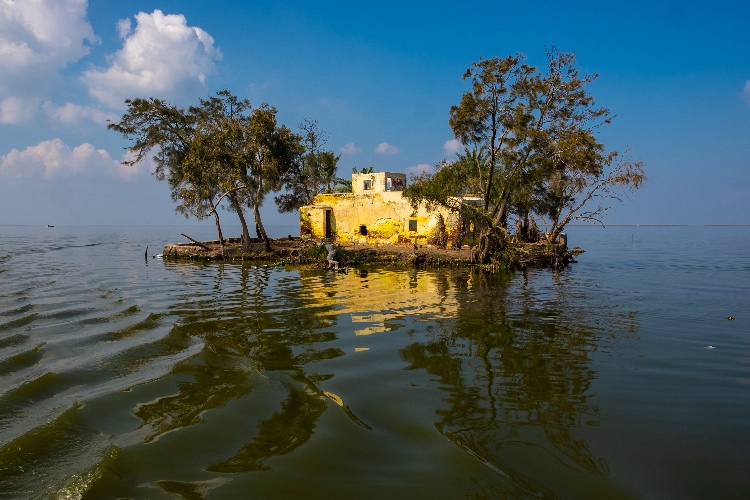
- Lake Nasser: a Man-Made Marvel
Constructed as a result of the iconic Aswan High Dam to provide irrigation to new agricultural developments and attract people to the region, Lake Nasser in Aswan holds the legacy of Gamal Abdel Nasser. This man-made marvel not only provides respite but has successfully attracted global tourism, contributing to the allure of Egypt’s lakes.
Also, crocodiles in Lake Nasser hold significant allure for tourists, making them one of the key attractions in the region. Hunting these crocodiles is strictly prohibited by law, adding to their appeal as a protected and captivating feature of the lake.

- Lake Moeris: Monuments Amidst Serenity
Formerly known as Lake Qarun, Lake Moeris beckons with historical monuments and buildings such as As-Sagha (goldsmiths) palace that lies at the northern part, dating back to the Pharaonic Middle Kingdom. Then three kilometers away from As-Sagha palace there lies Abu Lifa Monastery that was built in the monastic era on an elevated spot in the bosom of a mountain to keep monks secure from Roman oppression.
Capturing the attention of both locals and global travelers, Lake Moeris has an intriguing origin story that enhances its appeal. The lake came into existence through a captivating twist of nature – a result of the Nile River’s overflow. This enchanting water body materialized when an offshoot of the Nile, recognized today as the Bahr Yusuf – a canal which connects the Nile River with Fayyum – breached the western cliffs, causing a flood in the lower basin.
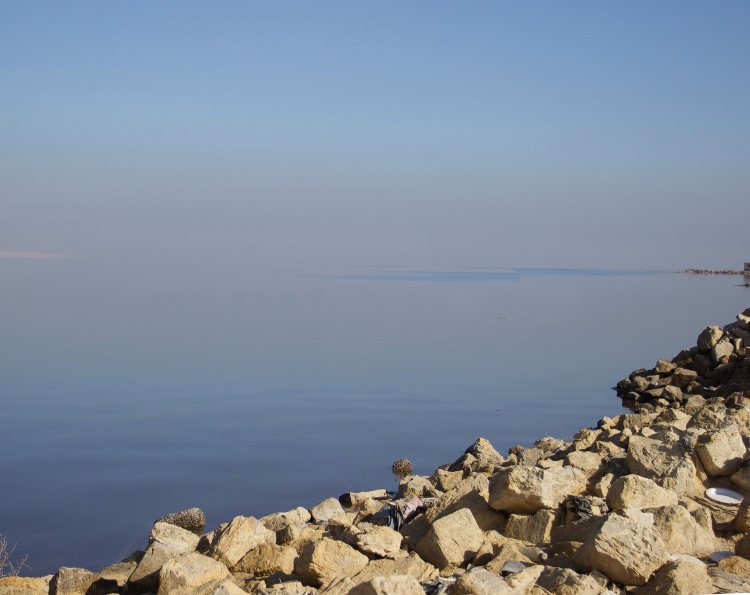
- Wadi Al Rayan Lake: Oasis of Freshwater Charms
Featured by the Fayoum Oasis, Wadi Al Rayan stands as one of Egypt’s two freshwater lakes. Its scenic value is heightened by mesmerizing sandy landscapes and expansive sand dunes, making it a bustling hub of activity in the region.

- Siwa Salt Lake: Oasis in the Western Desert
Counted among the oases, Siwa Salt Lake, located in the Western Desert, offers a captivating blend of hot springs, scenic landscapes, and thrilling desert activities. Nestled among palm trees, it promises tranquility and scenic beauty, making it a worthwhile retreat.
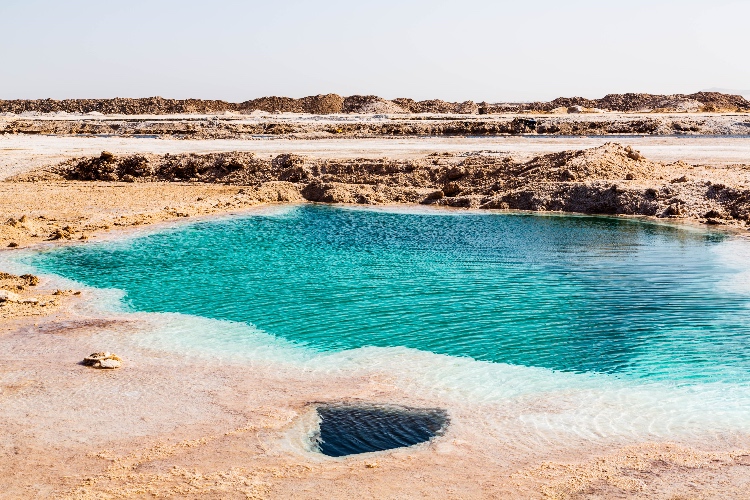
- Lake Mariout: Echoes of Ancient Splendor
Claiming the title of the largest freshwater lake connected to the Nile River, Lake Mariout has witnessed centuries of change. Today, its shores harbor saltworks and fisheries, with remnants of ancient structures, including a replica of a great lighthouse, adding an aura of mystery.
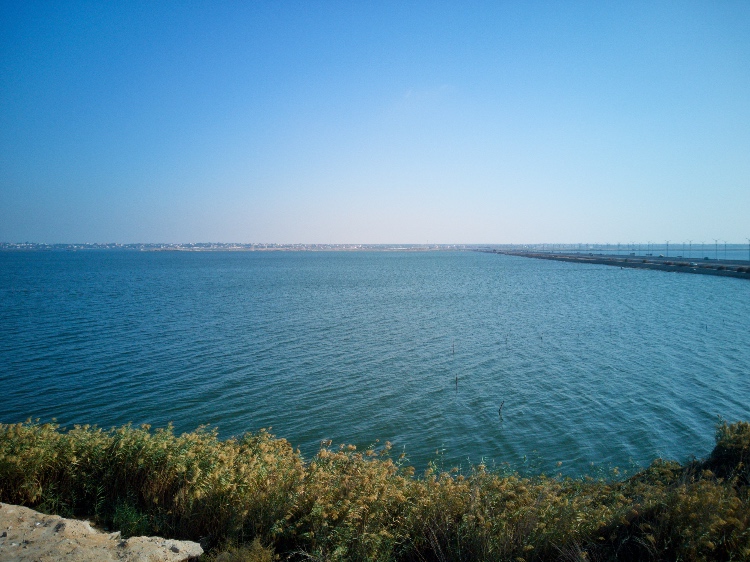
Egypt’s lakes stand as captivating chapters in a narrative of serene beauty and historical richness. From the mystical allure of Lake Timsah, cradled between the Red Sea and the Mediterranean, to the bustling ecosystems of Lake Burullus, each water body reveals a unique facet of Egypt’s cultural and natural tapestry.
As Egypt’s lakes continue to narrate tales of progress, adaptation, and the delicate dance between nature and human intervention, they weave a timeless legacy awaiting exploration.



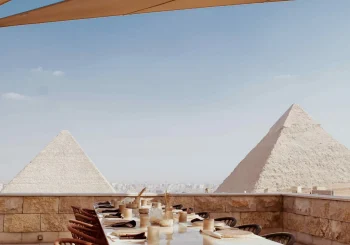
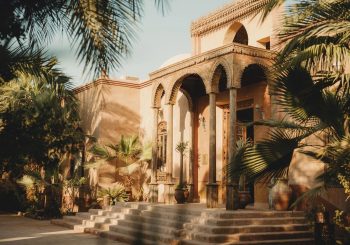

Comment (1)
[…] journey commences with Kalabsha Temple, a hidden gem on the shores of Lake Nasser. Built during the Roman era, this temple is dedicated to the Nubian god Mandulis. Its stunning […]